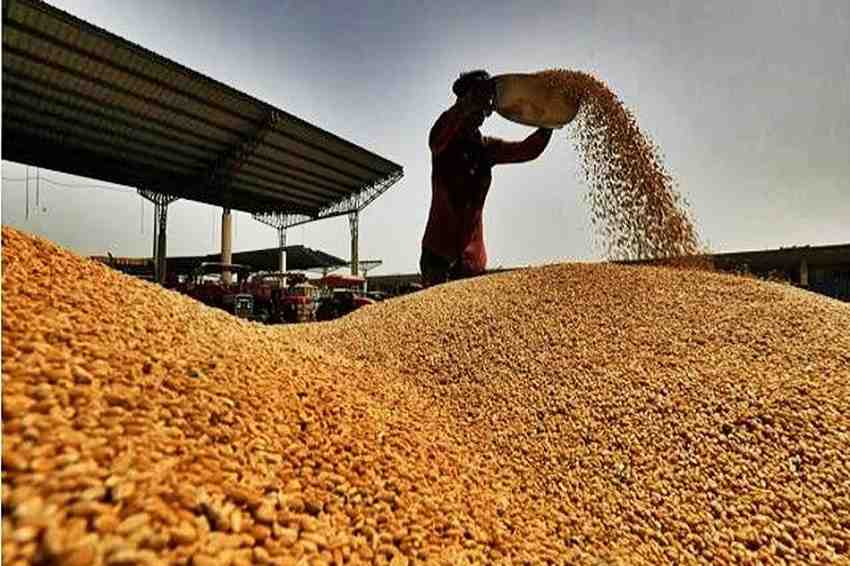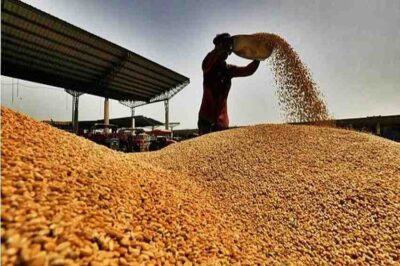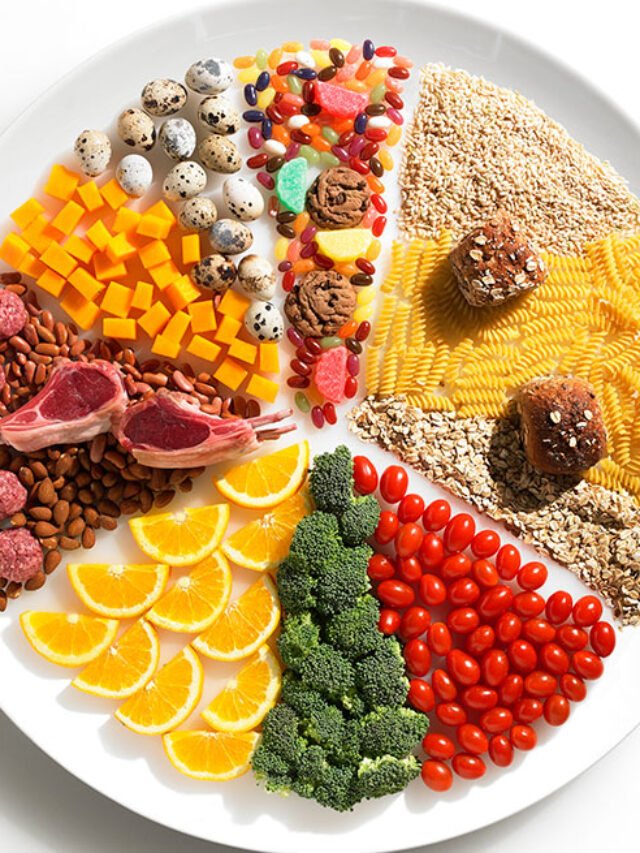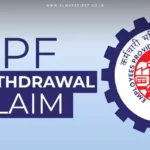
India’s wheat procurement for the 2025 season has reached 25.6 million metric tons, surpassing last year’s figure of 20.5 million tons. This achievement positions the country on track to meet its ambitious target of 31.2 million tons for the current rabi marketing season. The Food Corporation of India (FCI) and state agencies are working diligently to ensure that farmers receive the minimum support price (MSP) and that the nation’s food security remains stable.
Factors Contributing to Increased Procurement
Several factors have contributed to the surge in wheat procurement. A significant increase in wheat sowing areas, favourable weather conditions, and government incentives have played pivotal roles. The MSP for wheat has been set at ₹2,425 per quintal for the 2025-26 rabi marketing season, encouraging farmers to sell their produce to government agencies rather than private traders. Additionally, the government’s early procurement initiatives and the introduction of bonuses for early wheat varieties have further incentivized farmers to participate in the procurement process.
Regional Contributions to Procurement
Key wheat-producing states have made substantial contributions to the procurement efforts. Punjab and Haryana, traditionally leading in wheat production, have reported significant increases in procurement volumes. Uttar Pradesh and Rajasthan have also shown notable improvements, reflecting the government’s successful outreach and support strategies. These regional contributions are crucial in achieving the national procurement target and ensuring a balanced distribution of wheat stocks across the country.
Government’s Strategic Measures
The Indian government has implemented several strategic measures to bolster wheat procurement. These include setting realistic procurement targets, enhancing the efficiency of procurement processes, and providing financial incentives to farmers. The government’s proactive approach aims to stabilize wheat prices, ensure adequate stocks for public distribution systems, and support the livelihoods of farmers. By focusing on these areas, the government seeks to mitigate challenges such as price volatility and supply shortages.
Implications for Food Security and Inflation
The increase in wheat procurement has significant implications for India’s food security and inflation rates. With higher procurement levels, the government can maintain adequate wheat stocks, reducing the risk of shortages and price hikes. This stability is essential for controlling food inflation, which directly impacts the cost of living for the general populace. By securing a steady supply of wheat, the government aims to protect consumers from the adverse effects of price fluctuations.
Looking Ahead: Challenges and Opportunities
While the current procurement figures are promising, challenges remain. The government must continue to address issues such as procurement delays, logistical bottlenecks, and ensuring fair prices for farmers. Additionally, global factors like climate change and international trade dynamics can influence wheat production and procurement. However, the current trajectory suggests that with sustained efforts and strategic planning, India can achieve its procurement goals and strengthen its position in global wheat markets.
In conclusion, India’s wheat procurement efforts in 2025 reflect a concerted push towards enhancing food security, supporting farmers, and stabilizing the economy. The progress made so far indicates a positive outlook for the remainder of the rabi marketing season. By continuing to implement effective policies and strategies, India can navigate the complexities of agricultural procurement and ensure a stable and prosperous future for its agricultural sector.









































Leave a Reply